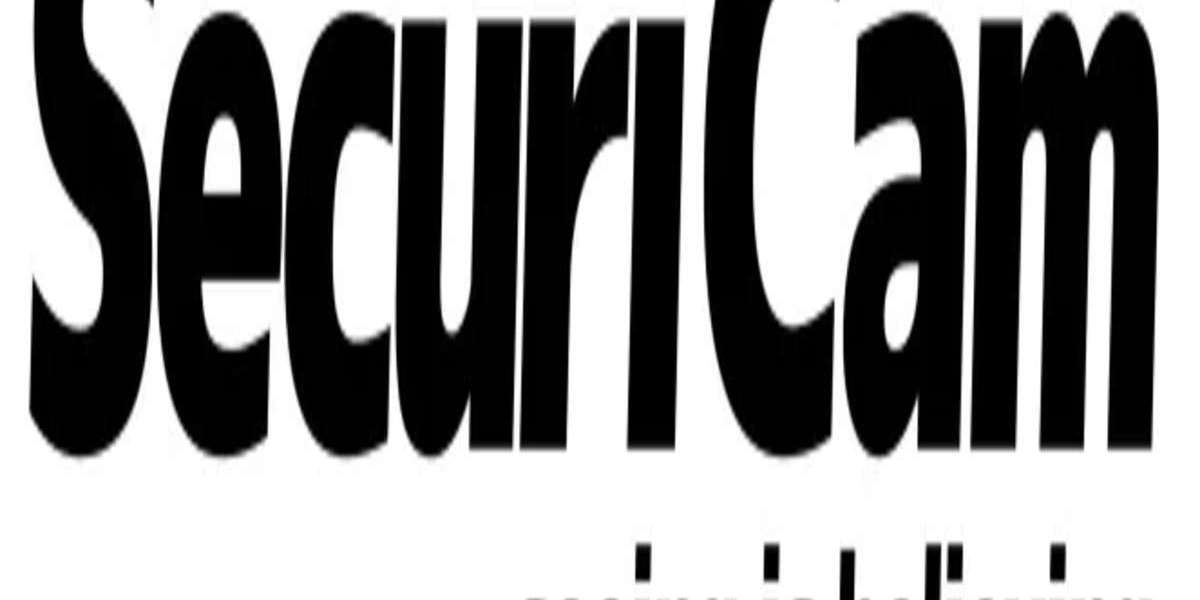Security is a top priority for homes, businesses, and public institutions across the United Kingdom. As technology advances, Closed-Circuit Television (CCTV) systems have become more sophisticated, offering clearer images, remote monitoring, and enhanced reliability. However, a CCTV system is only as effective as its components. Understanding the parts and accessories involved in CCTV installation and maintenance is essential for getting the best performance.
This article provides a comprehensive overview of CCTV camera parts and accessories commonly used in the UK. Whether you're a professional installer, a security-conscious homeowner, or a business owner planning an upgrade, knowing what to look for will help you build or maintain a reliable surveillance system.
1. CCTV Cameras
The heart of any CCTV system is the camera itself. In the UK market, various camera types are available to suit different security needs:
Dome Cameras: Popular for indoor use, often mounted on ceilings. They are discreet and provide wide coverage.
Bullet Cameras: Long and cylindrical, these are ideal for outdoor areas and long-range viewing.
PTZ Cameras (Pan-Tilt-Zoom): Allow manual or automated movement and zooming for flexible surveillance.
IP Cameras: Internet-enabled cameras that transmit video over a network. Widely used in modern systems.
Thermal or Infrared Cameras: Provide clear images in total darkness, useful for high-security or low-light areas.
2. DVRs and NVRs
Video recording devices are essential for storing and managing CCTV footage:
DVR (Digital Video Recorder): Works with analogue cameras. Common in traditional CCTV systems.
NVR (Network Video Recorder): Designed for IP camera systems. Records and manages digital video over a network.
Key features to look for:
Number of channels (camera inputs)
Storage capacity (measured in TB)
Remote access capability
Motion detection and smart recording features
3. Hard Drives
CCTV recorders require reliable internal storage. Surveillance-grade hard drives are built for continuous operation and large data volumes. They come in various capacities—ranging from 1TB to over 10TB—and are designed to support multiple simultaneous video streams without failure.
4. Cables and Connectors
Proper cabling ensures a stable and clear video feed:
Coaxial Cables (RG59): Used in analogue systems to transmit video from camera to DVR.
Cat5e/Cat6 Cables: Used in IP systems for both power and data transmission via PoE (Power over Ethernet).
BNC Connectors: Standard connectors for analogue video transmission.
RJ45 Connectors: Common for networked IP cameras.
In the UK, installers often choose pre-made cable kits for convenience, but custom cabling allows for better cable management and distance coverage.
5. Power Supply Units and Adapters
Powering your CCTV system requires dependable power supply units (PSUs):
Individual Power Adapters: Plug directly into each camera.
Multi-Channel PSUs: Power several cameras from one central box—more efficient for larger installations.
PoE Switches and Injectors: Used in IP systems to transmit power and data over a single Ethernet cable.
Surge protection is also recommended to prevent damage from power spikes.
6. Mounting Brackets and Housings
Camera brackets and enclosures are essential for positioning and protecting your equipment:
Wall and Ceiling Mounts: Different shapes and sizes to match the camera type and mounting surface.
Weatherproof Housings: Used for outdoor cameras to protect from rain, dust, and tampering.
Anti-Vandal Enclosures: Reinforced casings for cameras in high-risk or public environments.
Proper mounting ensures the camera remains steady, secure, and pointed in the correct direction.
7. Monitors and Displays
To view live footage or recorded video, you need a compatible monitor:
HDMI and VGA Monitors: Most DVRs/NVRs support both outputs.
Touchscreen Monitors: Used in control rooms or smart home setups for easier navigation.
Mobile and PC Viewing: Many systems now support viewing via smartphone apps or web browsers.
The UK market also sees increasing demand for remote cloud-based access solutions, allowing users to monitor from anywhere.
8. CCTV Signs and Labels
In the UK, it is a legal requirement to display clear signage when CCTV is being used on private or commercial property. Signage should be:
Visible and readable
Informing the public that recording is taking place
Displaying the name and contact information of the system operator (for public or business use)
Proper signage ensures compliance with the UK’s data protection laws under the GDPR.
9. Accessories and Tools for Installation
Additional tools and accessories make the installation process more efficient:
Cable testers to ensure proper connections
Crimping tools for BNC and RJ45 connectors
Weatherproof junction boxes for cable protection
Wall plugs, screws, and mounting kits
Extension cables and splitters for expanded setups
Professional installers in the UK often use toolkits that include all essential components to speed up installations.
Conclusion
CCTV systems are made up of more than just cameras. In the UK’s competitive security market, selecting the right parts and accessories is vital for ensuring long-term system performance, legal compliance, and complete surveillance coverage. Whether you're setting up a small home system or managing a large commercial installation, investing in high-quality, compatible components will save time, reduce maintenance, and deliver the security peace of mind you need.



